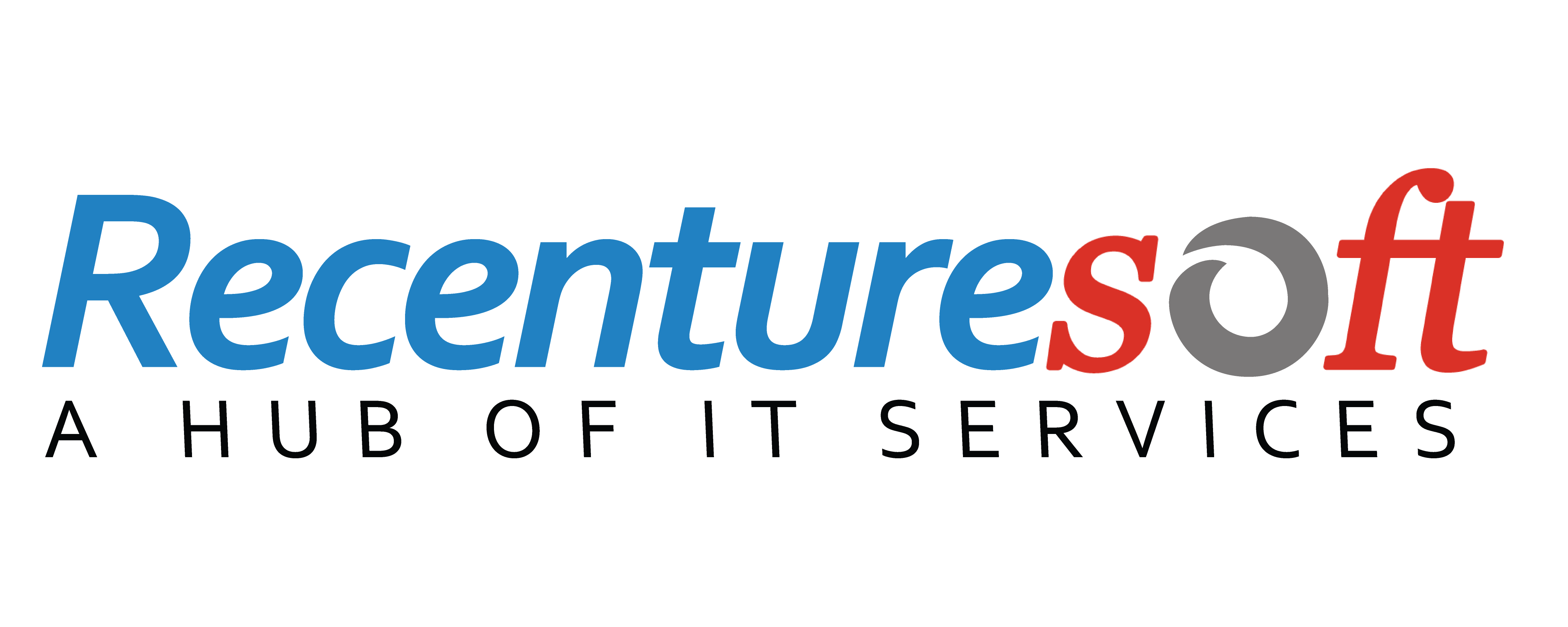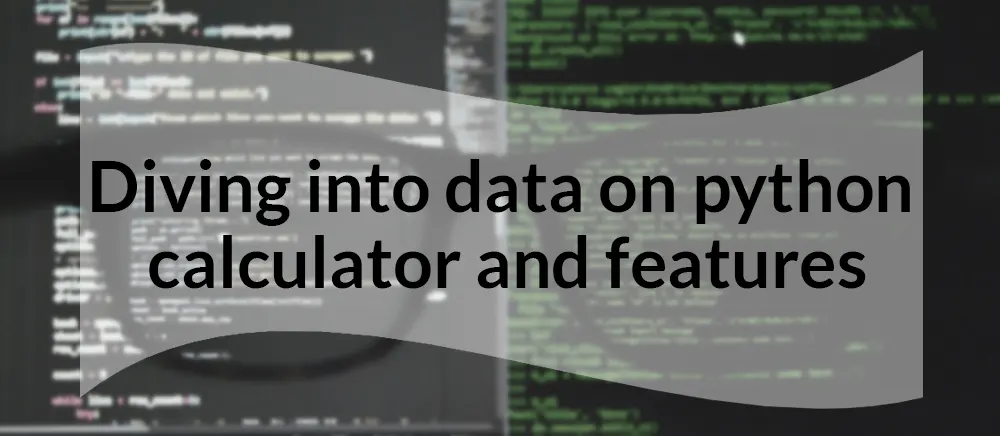Python is an excellent software program for dealing with numbers and interpreting mathematical equations. This characteristic may be for good use in creating beneficial software. Adding, subtracting, multiplying, and dividing are all elementary arithmetic operations that may be in implementation in Python. Selecting a means that we have four choices to pick from in terms of the operation we want to do. Take two values; elif/else branching is in utilise for the specific operation. The Basic calculator program using python add(), subtract(), multiply(), and division() functions are for use to determine the results of various operations.
THE MAKING OF A CALCULATOR IN PYTHON
Steps to build the calculator programme in Python will be discussed here:
First, ask for input from users
Equations provided by humans are the finest for computers to deal with. To write your programme, you'll need to begin where a person inputs numbers that they want a machine to operate with. Creating a directory for your software is the first step in the procedure.
Next, you'll add the project's code to this file, which will then execute. You'll need the user to enter two digits for this software, so tell it to ask for them. Python's built-in input() method may be used to take user input from the keypad. You may alert the user with a string passed to the input() method inside of the semicolon. Then create a variable using the user's input. When soliciting feedback, keep this in mind. To ensure that the user's data is separated from your asking string, add a hyphen at the conclusion of the string.
Optional Operators are added
You'll add a maximum of 4 mathematical controllers: + for addition, - for the deduction, * for multiplying, and / for divisions before the programme is complete. In order to make sure that everything in the application works properly, you should begin by setting up addition.
The result confirms the program's proper operation. For the sake of the user, we'll now provide some more information on the program's runtime. This may be done by using string formatters, which can assist you to format the content and provide you with information. You want the user to know exactly what they're doing when they type in their numbers and the function they're using. String formatters give extra information to the user. At this point, you may use the same approach used for adding to add the remaining operators to the programme.
Conditional Statements are now included in the code
The calculator.py program's objective is to provide the user with a variety of operators to pick from. To begin, provide the user with some guidance at the beginning of the application by including some information and a decision to choose. For example, if a user wishes to conduct a division, they will enter /.
The choice is yours, however; for example, 1 for addition and b for subtraction. you should utilise the input() method since you're requesting feedback from people. Insert the string in the input() method and transfer the result of that input to a class, which you'll call operation.
Defining the functions
You'll need to write a few routines to deal with the user's capacity to perform the application as many times as they want. A function is the first step to creating a new one. Add an extra level of indentation to the method by naming it calculate(). You'll also need to call the function at the end of the file to guarantee that the application works.
Refactoring the programme
Now you've got a well-designed and working application. Because of such, there is a lot of room for improvement. You may, for example, provide a welcome code at the start of the python program that greets new users. Throughout the course, there are several chances to implement error handling. If you want to keep the software running even if the user enters plankton instead of a number, you may do so. The user will receive a warning and the application will terminate if number 1 and number 2 are not numbers as they are in the current version.
PYTHON FEATURES FOR BETTER KNOWLEDGE OF CALCULATOR PROGRAM
Some of Python's numerous features are described in the following paragraphs.
It's a breeze to programme
Python is a powerful programming language for advanced users. Similar to other programming systems like C, C#, Javascript, and Java, Python is a breeze to pick up. Python is a very user-friendly programming language that can be picked up in a matter of hours or days by just about anybody. It's also a good choice for developers since it's easy to learn.
Object-Oriented Programming Language
Object-Oriented coding is one of the most important aspects of python. Python is an object-oriented programming language that supports the notions of classes, embedding, and more
Support for graphical user interface (GUI) programming
Python modules including PyQt5, PyQt4, wxPython, and Tk may be present to create graphical user experiences. For designing graphical applications with Python, PyQt5 is the most preferred choice.
Language at the Very Top of the Class
Python is an advanced programming language. We don't have to understand the structure of the system or control the storage when we build python applications.
A feature that can be expanded
Python is a Programming Language that may have modifications. We can write Python code in C or C++ and then build it in C or C++ as well.
Python is a cross-platform programming language.
The Python programming language can also have a design to be portable. There is no need to update the python code that is present for Windows in order to execute that on other systems like Linux, Unix, or Mac; this code may be for use on any of them.
Programming in Python is a one-stop-shop.
Because it's so easy to connect Python with some other programs like C, C++, and others, we may consider it an Integrated language as well.
Interpretation of Language
Line-by-line execution of Python code makes it an Interpreted Language. No compilation is in need for Python code, making it simpler to troubleshoot and fix bugs. Python's original data is in transformation into bytecode, an instantaneous representation of the language's code.
Widespread Use of the Classics
As a result of its extensive standard library, Python does not need you to develop its own code for each and every particular element. Libraries for pattern matching, testing, and more may be found in python.
SUMMARY
Programmers may execute their programmes on many operating systems, such as Windows, Mac OS X and Linux. In addition, Basic calculator program using Python can operate in virtual servers running Java or.NET applications as well as natively on these platforms. You don't have to pay a dime to use it. Despite the fact that Python is in pre-installation on most modern Linux and Mac operating systems, the version may be out-of-date. Installing the most recent version is always advisable.







